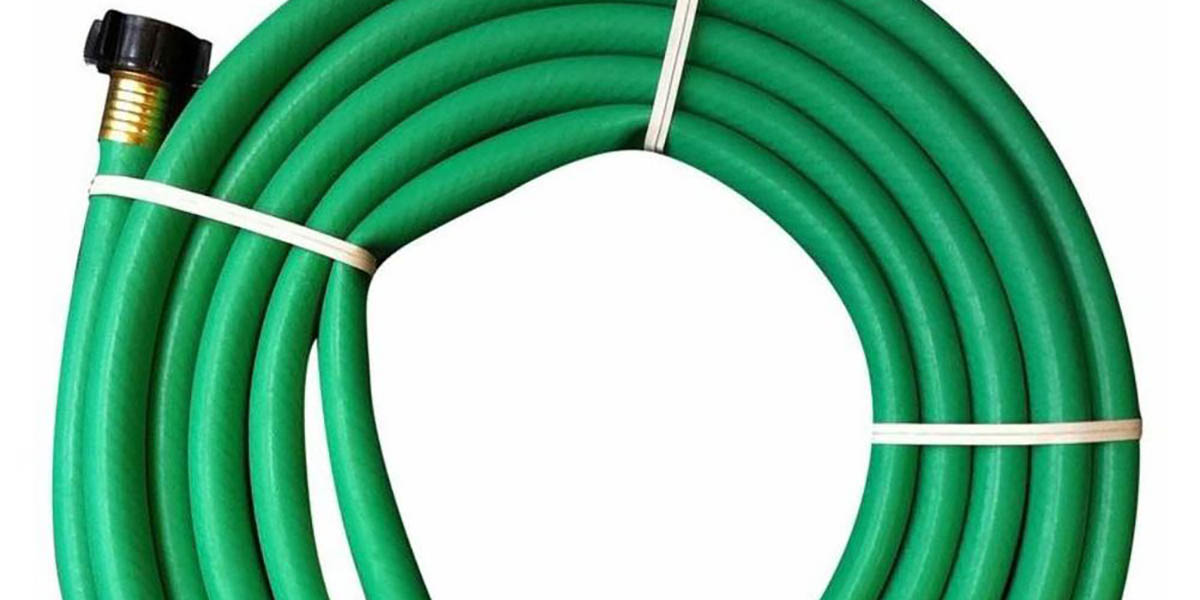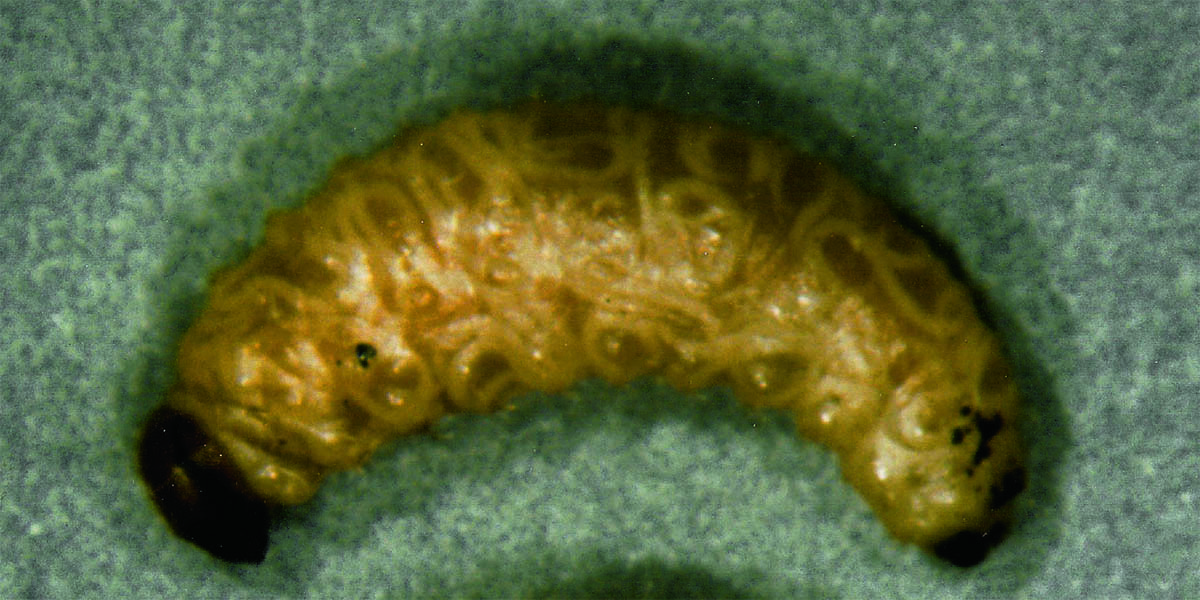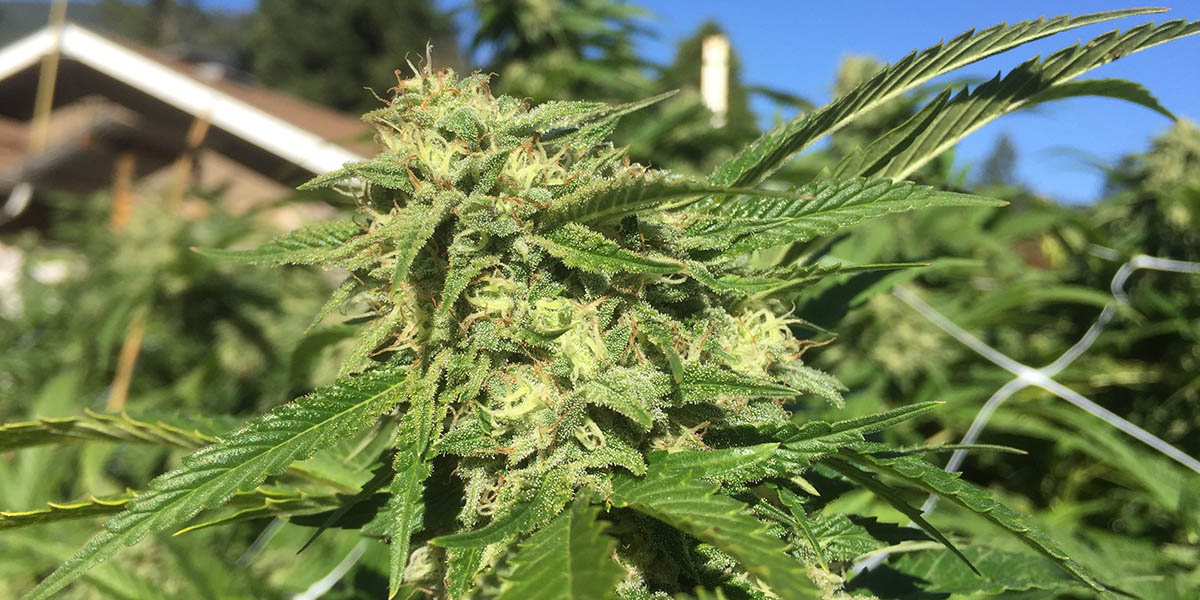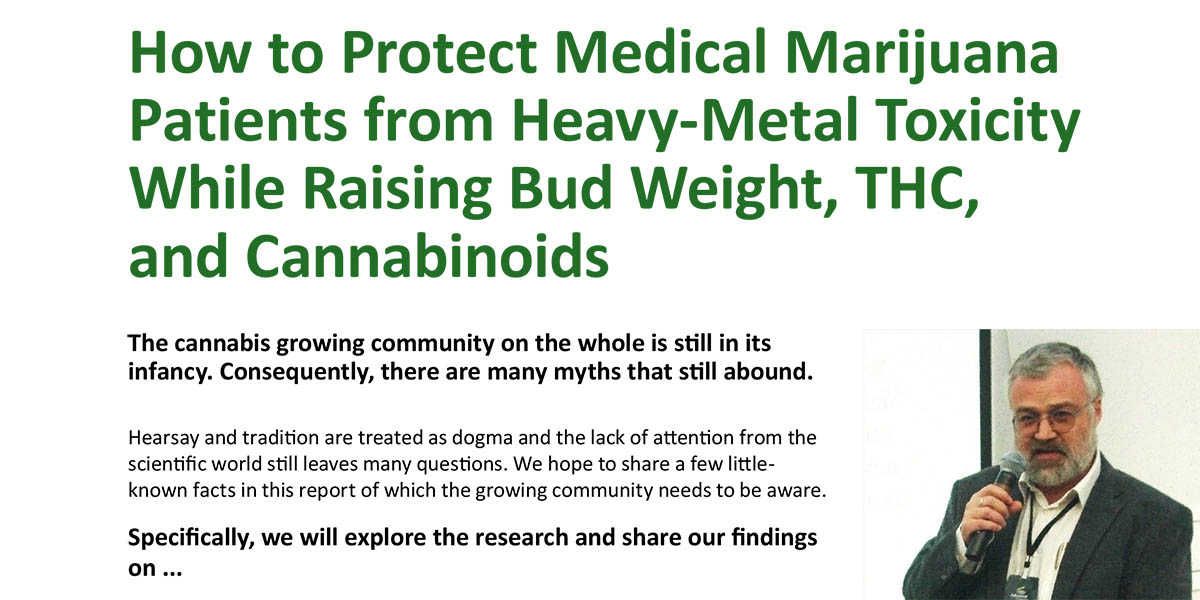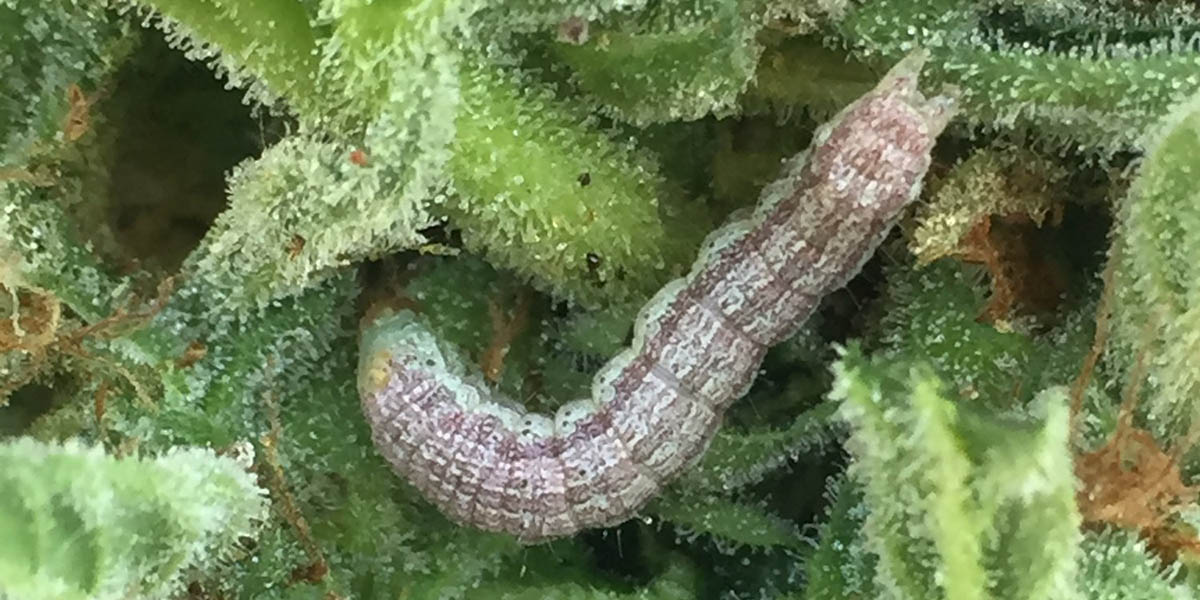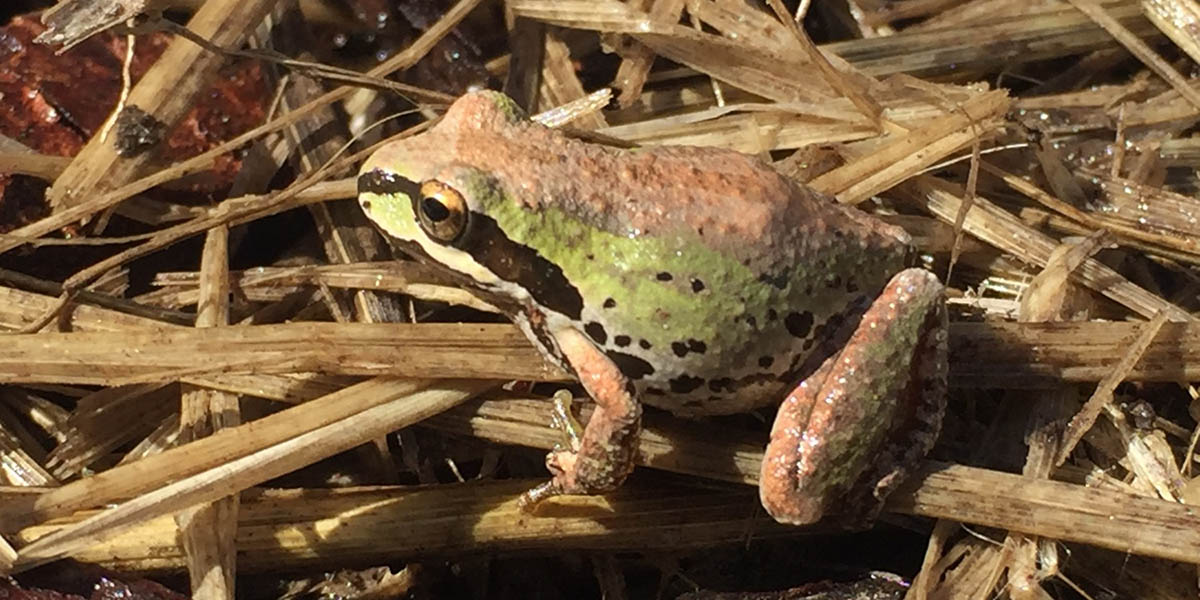Managment Practices
Lead Contamination in Garden Hoses Poses Risk for Cannabis Farmers
With heavy metal concerns being addressed in Phase 3 testing in California now, it’s important to consider all source points of contamination. And one concern is coming directly from the source that was supposed to provide life, the water. And as it turns out, many traditional garden hoses have become source points for pollution. Lead levels in water runoff from hoses have been found to be as high as 20 ppm!!!
…Lead Contamination in Garden Hoses Poses Risk for Cannabis FarmersRead More »
Lead Contamination in Garden Hoses Poses Risk for Cannabis Farmers Read More »
Biology, Selection, Handling and Application of Entomopathogenic Nematodes
Great article from Oregon State University
E. E. Lewis Department of Entomology, Virginia Polytechnic Institute and State University, Blacksburg, VA 24061-0319
Biology, Selection, Handling and Application of Entomopathogenic Nematodes Read More »
California Phase III Cannabis Testing – Synopsis
With Phase III testing beginning December 31, 2018, the California Bureau of Cannabis Control will begin implementing the following additional tests on cannabis:
Terpenoids – If Labeled
Mycotoxins – Mandatory
Heavy Metals – Mandatory
Water Activity – Mandatory
…California Phase III Cannabis Testing – Synopsis Read More »
Sun Grown Regenerative Cannabis Tests in at over 25% THC
Indoor vs Outdoor? The long standing argument among the cannabis connoisseur is always a hotly debated topic. The argument for indoor grown cannabis has always been that it is higher quality and higher THC levels. While this might be true in some regards, the emerging science suggests that sun grown cannabis with optimal soil biology will be able to provide a more full spectrum of its cannabinoid levels. This means more cannabinoids, more terpenes and more full plant medicine for the patient and consumer. For the longest time everyone was just focused on THC levels, and as the headline was designed to wrap you in. Gotchya! But now it’s time to talk about why regenerative cannabis can provide a more full spectrum assay of the cannabinoids AND produce high levels of THC! We’ll take a look at regenerative farms, discuss different aspects of ecological farming and get to the root of it all, literally…
…Sun Grown Regenerative Cannabis Tests in at over 25% THCRead More »
Sun Grown Regenerative Cannabis Tests in at over 25% THC Read More »
Companion Planting with Cannabis
CHA members will now have access to our PowerPoint slides as we move into our workshop series. First up is a 72 slide presentation on companion planting with cannabis. It can be located on the “Companion Planting” members page.
The Companion Planting for Cannabis workshop will go over all the categories of cover crops and highlight their roles in soil biology and plant fertility while addressing certain caveats when utilizing these systems. It will then transition into companion planting to cover a local case study on intercropping with cannabis. Following up with numerous studies on trap cropping and banker plants, showcasing the banker plants capabilities for sustaining beneficial predatory insects. Quite a few regional farms are showcased through their companion planting techniques and interviews with farmers help highlight clear management strategies. The companion planting with cannabis series is sure to share information on how to cut costs through integration of specific medicinal and nutritive plants designed to be optimized for your microclimate!
…Companion Planting with Cannabis Read More »
Cannabis Crop Recomendations
By Moriah LaChapelle
Here is a wonderful article [offline as of 1/19/2020] to become familiarized with certain techniques and practices associated with Integrated Pest Management (IPM).
Moriah LaChapell joined Evergreen Growers Supply during 2015 as an Agronomist. She has a Bachelor of Science Degree in Biology from Western Oregon University and a Professional Viticulture Certificate from Washington State University. She was previously employed at Fisher Farms as the Plant Health Manager. Most of her work at Fisher Farms involved scouting ornamental plants and releasing beneficial insects to reduce insecticide applications. She is passionate about collaborating with growers to produce long term solutions for pests and plant pathogens. You can contact her directly through her website.
Cannabis Crop Recomendations Read More »
Caterpillar Management – Identification and IPM Practices
Fall is here and so are the caterpillars, at least in Northern California. We have documented numerous instances of caterpillar damage and can officially say there has been a decent hatch this year.
But how to deal with these nefarious little buggers? The best physical control is to carefully groom each plant and hand pick the caterpillars off. They can be difficult to see, but there are key telltale signs of their presence:
…Caterpillar Management – Identification and IPM PracticesRead More »
Caterpillar Management – Identification and IPM Practices Read More »
Sustainable Agriculture Techniques
From Union of Concerned Scientists
“What is sustainable agriculture? What is regenerative agriculture? We will be covering these topics more in depth as we evolve our mission. This particular article, written by the Union of Concerned Scientists covers the basics of what it means to be sustainable. Clearly crop rotation will not suit the needs of cannabis farmers, but many other of their recommendations are worth considering. This is our open source science and we always welcome constructive criticism to expound upon this information. We will get into no-till a little bit later…” -CHA
Sustainable agriculture provides high yields without undermining the natural systems and resources that productivity depends on. Farmers who take a sustainable approach work efficiently with natural processes rather than ignoring or struggling against them – and use the best of current knowledge and technology to avoid the unintended consequences of industrial, chemical-based agriculture. One important result is that farmers are able to minimize their use of pesticides and fertilizers, thereby saving money and protecting future productivity, as well as the environment.
…Sustainable Agriculture Techniques Read More »


